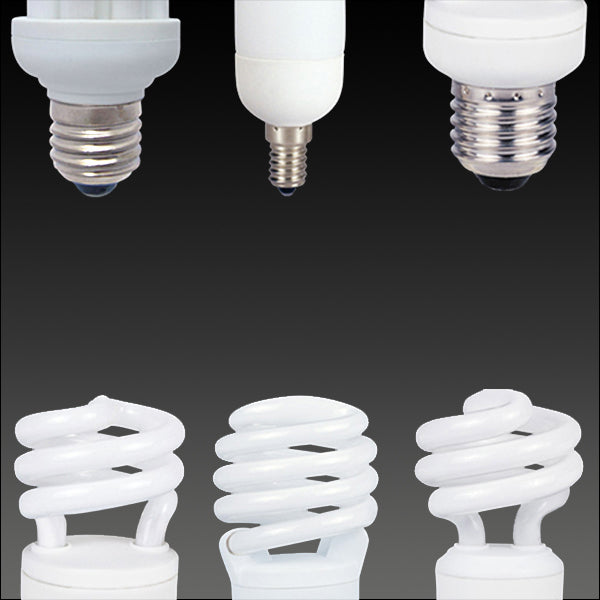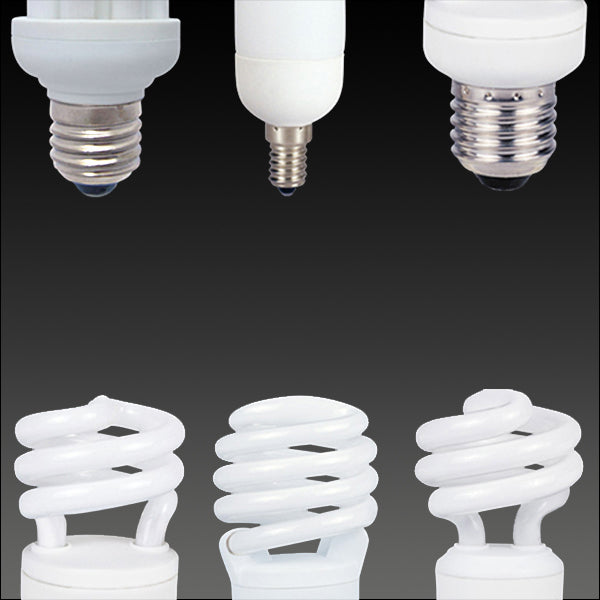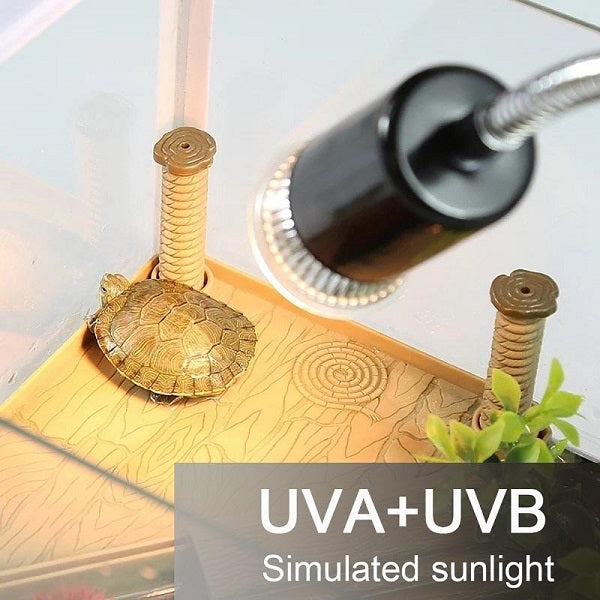How to Choose an LED Bulb

Firstly, why choose led bulb not traditional bulb? Here are some reasons: longevity, advanced energy efficiency standards, and durable nature. Though this technology can have a higher upfront cost, the prices have been dropping, and it will save you money in the long run.
How many kinds of led bulbs in general?
1. LED lights are classified according to the characteristics of the light-emitting surface of the luminous tube, and the angular distribution of the circular luminous intensity can be estimated from the half-value angle. From the angular distribution of luminous intensity, there are three categories: (1) High directivity. Generally, it is a pointed epoxy package, or a package with a metal reflective cavity, and no scattering agent is added. The half-value angle is 5°-20° or less, with high directivity, and can be used as a local illumination light source, or combined with a light detector to form an automatic detection system. (2) Standard type. Usually used as indicator light, its half-value angle is 20°~45°. (3) Scattering type. This is an indicator light with a larger viewing angle, the half-value angle is 45° to 90° or more, and the amount of scattering agent is larger. According to the characteristics of the light emitting surface of the luminous tube, it can be divided into round lamps, square lamps, rectangular, surface luminous tubes, lateral tubes, and microtubes for surface mounting. Round lights are divided into φ2mm, φ4.4mm, φ5mm, φ8mm, φ10mm and φ20mm according to their diameters. In foreign countries, light-emitting diodes with φ3mm are usually referred to as T-1; those with φ5mm are referred to as T-1 (3/4); those with φ4.4mm are referred to as T-1 (1/4).
2. LED lights are divided according to the luminous color of the luminous tube, and divided according to the luminous color of the luminous tube, which can be divided into red, orange, green (subdivided into yellow-green, standard green and pure green), blue and so on. In addition, some LED light-emitting diodes contain chips of two or three colors. According to the light emitting diodes doped or not doped with scattering agents, colored or colorless, the above-mentioned light-emitting diodes of various colors can be divided into four types: colored and transparent, colorless and transparent, colored scattering and colorless scattering. Scattering light-emitting diodes and up to be used as indicator lights.
Then, come to our point, how to choose a suitable led bulb.
Make a list
What color of light do you want?
Know your watts from your lumens (brightness or light output)
Calculate your financial and environmental savings

